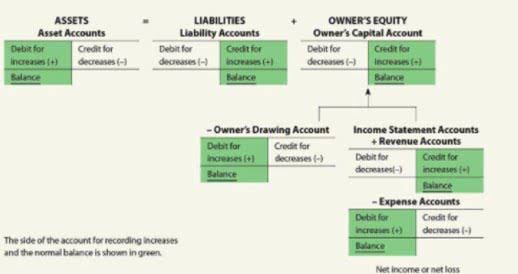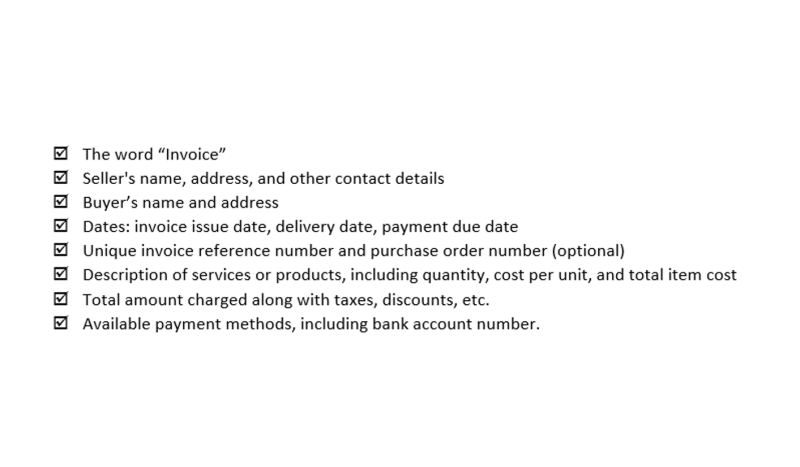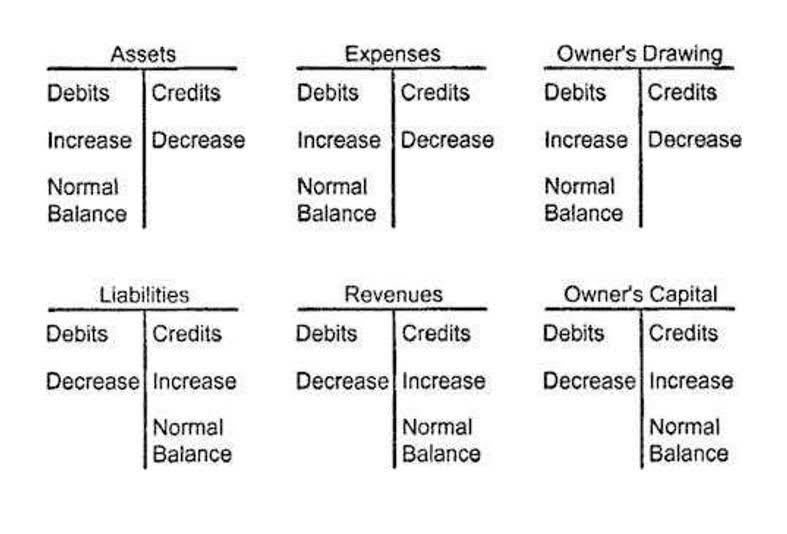By specifying both you are changing the aspect ratio of the image. Just setting one will resize but preserve the aspect ratio. Having a folder at the same level of the document, containing all the images, is the cleanest and safest solution. Just as an object is an instance of a class in an object-oriented programming language, so a Docker container is an instance of a Docker image. The file system and configuration(read-only) application which is used to create containers.
Docker used to use these applications to indirectly interact with the Linux OS, but now Docker interacts directly with Linux using its own library called “libcontainer”. Hence, the major difference between a container and an image isthe top writable layer. All writes to the container that add new ormodify existing data are stored in this writable layer.
Displaying local images in .md file (VSCode reader extension)
An image is an inert, immutable, file that’s essentially a snapshot of a container. Images are created with the build command, and they’ll produce a container when started with run. Images are stored in a Docker registry such as registry.hub.docker.com. Because they can become quite large, images are designed to be composed of layers of other images, allowing a minimal amount of data to be sent when transferring images over the network. In the question, only the “program” part is referred to and that’s the image.
The calculated aspect ratio is used to reserve space for the image until it is loaded, and as long as the calculated aspect ratio is equal to the actual aspect ratio of the image, page “jump” is prevented after loading the image. This solution tells the browser to render the image with max available width and adjust the height as a percentage of that width. You can adjust the width and height to fit your needs, and the object-fit property will do the cropping for you.
Bensuperpc’s answer lead me to this oneliner which helped me move my GitLab registry to Quay. Either put the image in the same folder as the markdown file or use a relative path to the image. Does anyone know how to display a local image in markdown? Docker is one of those applications that knows how to tell the OS (Linux mostly) what restrictions to run an executable under. The executable is contained in the Docker image, which is just a tarfile.
If you only have installed Python v2 on your computer, only Chrome will be run. While it’s simplest to think of a container as a running image, this isn’t quite accurate. More information on images is available from the Docker documentation and glossary. Find centralized, trusted content and collaborate around the technologies you use most. By clicking “Post Your Answer”, you agree to our terms of service and acknowledge you have read our privacy policy.
How to force image resize and keep aspect ratio?
Change the img tag to a div and give it a background in CSS. You can’t use CSS to change image SRC attributes (unless the browser supports it).You may want to use jQuery with the hover event. The trick is done over the wrapper of the image to be swapped (an ‘a’ tag this time but maybe another) so the ‘hover_image’ class has been put there. Note that this is built with background CSS property, so if you really need to use with s, you must not set the src property since that overlaps the background. (Come to think that clever use of transparency here could lead to interesting results, but probably very dependent on quality of image as well as of the engine.).
Give feedback on image background removal
When thecontainer is deleted, the writable https://traderoom.info/10-best-node-js-image-manipulation-libraries-in/ layer is also deleted. To use a programming metaphor, if an image is a class, then a container is an instance of a class—a runtime object. Containers are hopefully why you’re using Docker; they’re lightweight and portable encapsulations of an environment in which to run applications. You have an image, which is a set of layers as you describe.
- It will keep the aspect ratio and insert @gray-dark bars on top/bottom or left/write for the shortest dimension.
- When source code is compiled and build, it is called an application.
- Now because you and I just installed Docker on our personal computers that image cache is currently empty, We have no images that have already been downloaded before.
- A container is a self-sustainable application that will have packages and all the necessary dependencies together to run the code.
- Another possibility for not displayed local image is unintentional indent of the image reference – spaces before !
Solution for Unix-like operating system.
- Images are stored in a Docker registry such as registry.hub.docker.com.
- In the way that you’re doing things, it won’t happen.
- To make both cases work, somehow you need to use an operating system feature known as namespacing.
- For a dummy programming analogy, you can think of Docker has a abstract ImageFactory which holds ImageFactories they come from store.
To copy an image or rename the existing image, you need only to create a new tag or repository from the existing one. How about using a pseudo element for vertical alignment? This less code is for a carousel but i guess it works on every fixed size container. It will keep the aspect ratio and insert @gray-dark bars on top/bottom or left/write for the shortest dimension.
A running container is very similar, in many aspects, to a virtual machine (but without the hypervisor). In Dockerland, there are images and there are containers. For me, grasping this dichotomy has clarified Docker immensely. This question does not appear to be about a specific programming problem, a software algorithm, or software tools primarily used by programmers. If you believe the question would be on-topic on another Stack Exchange site, you can leave a comment to explain where the question may be able to be answered.
A container includes an application and all of its dependencies. When the container is deleted, the writable layer is also deleted. To my knowledge, for VSCode on Linux, the local image can be normally displayed only when you put the image into the same folder as your .md post file.i.e. (./image.jpg) will work.Even the absolute path like ! Now when we ran that command and it was issued over to the docker server a series of actions very quickly occurred in background.
I wrote this script to easily convert a folder directory that contains PDFs (single page) to PNGs really nicely. Here is a function that does the conversion of a PDF file with one or multiple pages to a single merged JPEG image. I found this simple solution, PyMuPDF, output to png file. Note the library is imported as “fitz”, a historical name for the rendering engine it uses.
So because the image cache was empty the docker server decided to reach out to a free service called Docker hub. The Docker Hub is a repository of free public images that you can freely download and run on your personal computer. In the way that you’re doing things, it won’t happen. You’re changing the background image of the image, which is being blocked by the original image. To change the src attribute of the image, you would need Javascript or a Javascript Library such as jQuery. You could however, change the image to a simple div (text) box, and have a background image that changes on hover, even though the div box itself will be empty.
Once the Dockerfile is created, you build it to create the image of the container. The image is just the “compiled version” of the “source code” which is the Dockerfile. The accepted answer is great for single renames, but here is a way to rename multiple images that have the same repository all at once (and remove the old images).
I couldn’t understand the concept of image and layer in spite of reading all the questions here and then eventually stumbled upon this excellent documentation from Docker (duh!). So eventually I have an image for my PostgreSQL instance and an image for my web application, changes to which keep on being persisted. Hope this will help some of you guys who don’t want to put a div to obtain an image having a “hover” effect. The problem with all the previous answers is that the hover image isn’t loaded with the page so when the browser calls it, it takes time to load and the whole thing doesn’t look really good. Don’t forget to use docker login before the pull/push commands, if necessary. Since d583c3ac45fd has other names, the actual image won’t be deleted.
Whether the binary in the Docker image is an OS User space or simply an application, to the OS host it is just another process, a contained process ruled by preset OS boundaries. Once you have the image of the container, you should redistribute it using the registry. The registry is like a Git repository — you can push and pull images. We boot it up, create changes and those changes are saved in layers forming another image. Connect and share knowledge within a single location that is structured and easy to search.
How do I display local image in markdown?
When source code is compiled and build, it is called an application. Now because you and I just installed Docker on our personal computers that image cache is currently empty, We have no images that have already been downloaded before. It calls Docker CLI which is responsible to take Docker commands and transform to call Docker server commands. As soon as Docker server gets a command to run an image, it checks weather the images cache holds an image with such a name. IMO, what sets Docker apart from any other container technology is its repository (Docker Hub) and their management tools which makes working with containers extremely easy. Though most people use a Linux base as the executable, it can be any other binary application as long as the host OS’s kernel can run it (see creating a simple base image using scratch).
Docker how to change repository name or rename image?
Tags are just human-readable aliases for the full image name (d583c3ac45fd…). Just add this to your css, It will automaticly shrink and expand with keeping the original ratio. The aspect-ratio attribute is not necessary, but prevent image layout shifts. For a dummy programming analogy, you can think of Docker has a abstract ImageFactory which holds ImageFactories they come from store. Image is an equivalent to a class definition in OOP and layers are different methods and properties of that class.













